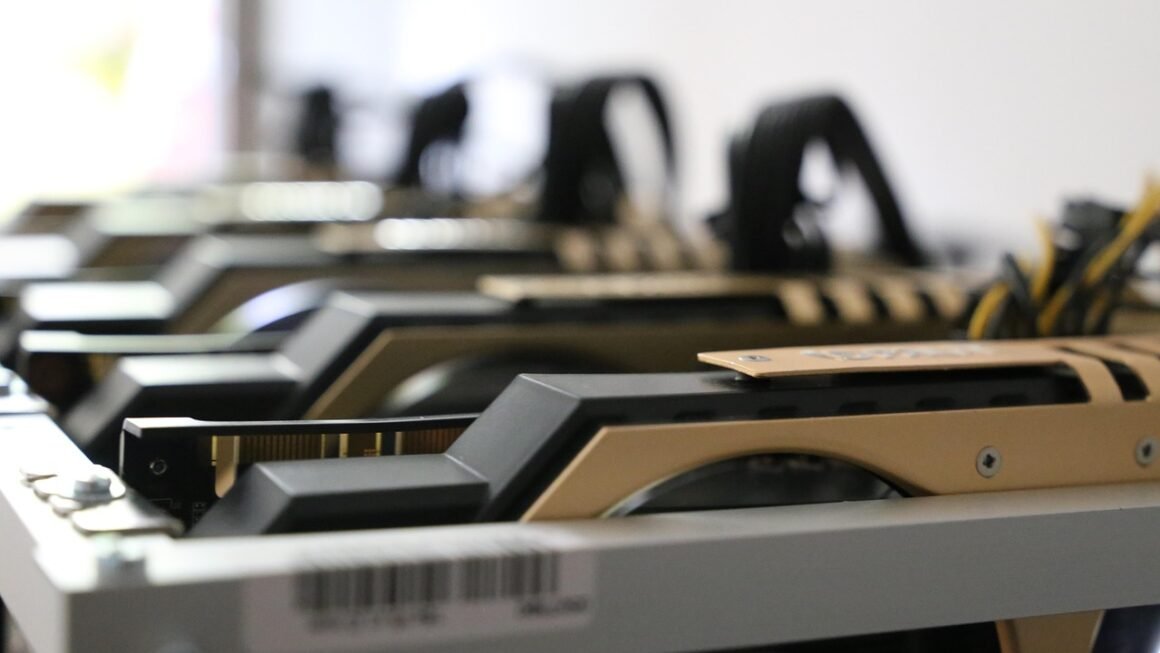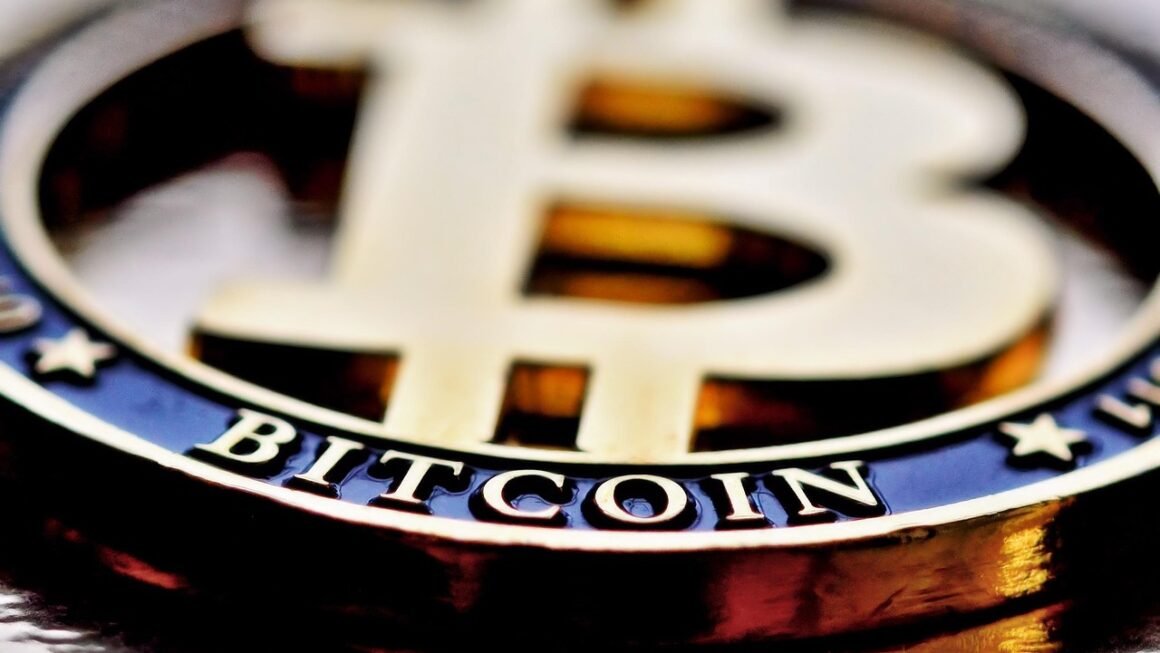Decentralized exchanges (DEXes) are revolutionizing how we trade cryptocurrencies, offering a compelling alternative to traditional centralized exchanges. By eliminating intermediaries and empowering users with greater control over their assets, DEXes are fostering a more transparent and secure trading environment. This blog post will explore the intricacies of DEXes, examining their benefits, functionality, and the future they hold for the cryptocurrency landscape.
What is a Decentralized Exchange (DEX)?
Defining Decentralization in Trading
Unlike centralized exchanges (CEXes) like Coinbase or Binance, DEXes operate on a decentralized network, often leveraging blockchain technology. This means:
- No Central Authority: There’s no single entity controlling the platform or holding user funds.
- Peer-to-Peer Trading: Transactions occur directly between users (peer-to-peer) using smart contracts.
- Non-Custodial: Users retain complete control of their private keys and funds.
Think of it this way: CEXes are like traditional banks where you deposit your money; DEXes are more like a direct exchange between two individuals, facilitated by a secure, automated contract.
The Role of Smart Contracts
Smart contracts are the backbone of DEX operations. These self-executing contracts automate the trading process, ensuring:
- Order Matching: Smart contracts match buy and sell orders based on price and quantity.
- Automated Swaps: Many DEXes use Automated Market Makers (AMMs) which we’ll discuss later, to automatically determine prices and execute trades.
- Transparency: All transaction details are recorded on the blockchain, providing a public and auditable record.
For example, if you want to swap Ether (ETH) for Uniswap (UNI) on Uniswap (a popular DEX), a smart contract facilitates this exchange based on the current ETH/UNI price determined by the liquidity pool.
Benefits of Using a DEX
Enhanced Security
One of the primary advantages of DEXes is enhanced security:
- Reduced Risk of Hacking: Since user funds are not held by a central entity, the risk of a large-scale hack is significantly reduced.
- Control Over Private Keys: Users maintain complete control over their private keys, minimizing the risk of asset loss due to exchange failures or mismanagement.
Increased Privacy
DEXes offer a higher degree of privacy compared to CEXes:
- Limited KYC Requirements: Many DEXes require minimal or no Know Your Customer (KYC) verification, allowing for more anonymous trading.
- Data Protection: Users’ personal data is not stored on a centralized server, reducing the risk of data breaches.
Greater Accessibility
DEXes promote wider accessibility to cryptocurrency trading:
- Global Access: Anyone with an internet connection and a compatible wallet can access a DEX.
- Lower Barriers to Entry: Reduced KYC requirements and the ability to trade directly from a personal wallet lower the barriers to entry for new users.
Access to a Wider Range of Tokens
DEXes often list a wider variety of tokens than centralized exchanges:
- Early Access to New Projects: DEXes frequently list new and emerging tokens before they are available on CEXes.
- Long Tail Assets: DEXes can support a wider range of assets, including those with lower trading volume.
Types of Decentralized Exchanges
Order Book DEXes
These DEXes mimic the traditional order book model of centralized exchanges:
- Order Matching: Users place buy and sell orders, which are matched by the exchange’s order book.
- Transparency: The order book is visible to all users, providing transparency into market depth and liquidity.
- Example: IDEX is a well-known example of an order book DEX.
Automated Market Makers (AMMs)
AMMs are a popular type of DEX that use liquidity pools instead of order books:
- Liquidity Pools: Users deposit tokens into liquidity pools, which provide liquidity for trading.
- Algorithmic Pricing: Prices are determined by an algorithm based on the ratio of tokens in the pool.
- Example: Uniswap, SushiSwap, and PancakeSwap are all popular AMMs.
- How AMMs Work (Example: Uniswap)
Aggregators
DEX aggregators search across multiple DEXes to find the best prices for traders:
- Price Optimization: Aggregators route trades through the DEXes offering the most favorable rates, reducing slippage.
- Convenience: Users can access liquidity from multiple DEXes through a single interface.
- Example: 1inch Exchange and Paraswap are popular DEX aggregators.
Using a DEX: A Step-by-Step Guide
Setting up a Web3 Wallet
To interact with a DEX, you’ll need a Web3 wallet:
- Popular Options: MetaMask, Trust Wallet, and Ledger are common choices.
- Installation: Install the wallet as a browser extension or mobile app.
- Security: Store your seed phrase (recovery phrase) in a secure location, as it’s the key to accessing your funds.
- Example: If you choose MetaMask, download the extension from the official MetaMask website and follow the setup instructions. Make sure to write down your seed phrase and keep it offline.
Connecting Your Wallet to the DEX
Once your wallet is set up, connect it to the DEX:
- Website Access: Visit the DEX’s website (e.g., Uniswap).
- Connect Wallet Button: Click the “Connect Wallet” button.
- Wallet Selection: Choose your wallet from the list of options.
- Confirmation: Grant the DEX permission to access your wallet.
- Example: On Uniswap, click “Connect Wallet” and select MetaMask. MetaMask will prompt you to grant Uniswap permission to connect.
Making a Trade
With your wallet connected, you can start trading:
- Token Selection: Choose the tokens you want to swap.
- Amount Input: Enter the amount you want to trade.
- Slippage Tolerance: Set your slippage tolerance (the maximum acceptable price change).
- Transaction Confirmation: Review the transaction details and confirm it in your wallet.
- Gas Fees: Be aware of gas fees (transaction fees) on the blockchain.
- Example: To swap ETH for DAI on Uniswap, select ETH as the input token and DAI as the output token. Enter the amount of ETH you want to swap and set your slippage tolerance (e.g., 0.5%). Confirm the transaction in MetaMask and pay the gas fee.
Providing Liquidity (Optional)
If you want to earn fees, you can provide liquidity to a pool:
- Pool Selection: Choose a liquidity pool to contribute to.
- Token Deposit: Deposit an equal value of both tokens in the pair.
- LP Tokens: Receive LP tokens representing your share of the pool.
- Fee Collection: Earn trading fees proportional to your share of the pool.
- Example: To provide liquidity to the ETH/DAI pool on Uniswap, deposit an equal value of ETH and DAI. You will receive UNI-V2 LP tokens representing your share of the pool.
Risks and Challenges
Impermanent Loss
Impermanent loss is a risk for liquidity providers on AMMs:
- Definition: Impermanent loss occurs when the price ratio between the tokens in a liquidity pool changes, resulting in a lower dollar value compared to holding the tokens separately.
- Mitigation: Choose stablecoin pairs or tokens with low volatility to minimize impermanent loss.
Smart Contract Vulnerabilities
DEXes rely on smart contracts, which are susceptible to vulnerabilities:
- Auditing: Look for DEXes that have undergone rigorous smart contract audits.
- Security Measures: Research the security measures implemented by the DEX.
Liquidity Issues
DEXes, especially newer ones, may suffer from liquidity issues:
- Slippage: Low liquidity can lead to high slippage (the difference between the expected price and the actual price of a trade).
- Trading Volume: Check the trading volume of the tokens you want to trade to ensure sufficient liquidity.
Front-Running and MEV
Miner Extractable Value (MEV), including front-running, can impact DEX users:
- Definition: MEV refers to the profit that miners (or validators in Proof-of-Stake systems) can extract by reordering, including, or excluding transactions in a block. Front-running is a type of MEV where someone sees a pending transaction and places a similar transaction with a higher gas fee to get it executed first.
- Mitigation: Explore DEXes with MEV protection mechanisms.
Conclusion
Decentralized exchanges offer a compelling alternative to traditional centralized exchanges, providing greater security, privacy, and accessibility. While DEXes come with their own set of risks and challenges, the benefits of decentralized trading are becoming increasingly apparent. As the cryptocurrency landscape continues to evolve, DEXes are poised to play a central role in the future of finance, empowering users and fostering a more transparent and equitable trading environment. By understanding the nuances of DEXes and taking appropriate precautions, users can leverage these platforms to their advantage and participate in the decentralized revolution.



